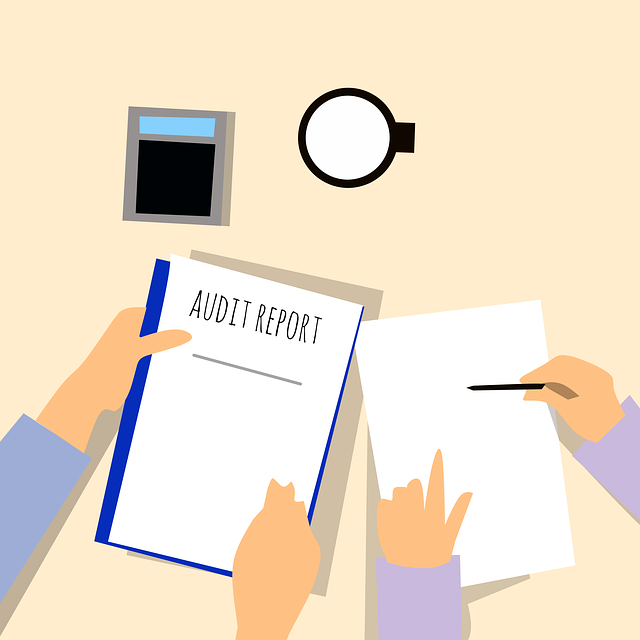A comprehensive SEO Audit involves analyzing on-page elements like meta titles, headers, image alt tags, and content quality to enhance website performance. It assesses technical aspects such as site accessibility, speed, mobile optimization, and security. Keyword strategy evaluation, including density and competition analysis using tools like Google Analytics, is crucial. Website speed optimization, mobile-friendliness, and off-page SEO signals tracking are vital for improving search engine rankings and user experience.
Conducting a comprehensive SEO performance audit is vital for any website aiming to thrive online. This step-by-step guide delves into the essential elements of optimizing your digital presence. From analyzing on-page SEO elements and evaluating technical aspects, to assessing keyword strategies, measuring website speed, and reviewing mobile optimization—each component contributes to overall search engine rankings. By auditing content quality, tracking off-page signals, and implementing effective techniques, you can significantly enhance your site’s online visibility.
Analyze On-Page SEO Elements

When conducting a comprehensive SEO audit, analyzing on-page elements is a crucial step in understanding and optimizing your website’s performance. This involves scrutinizing various factors that directly impact search engine rankings. Key aspects include reviewing meta titles and descriptions for uniqueness and keyword relevance, ensuring headers (H1, H2, etc.) are structured logically and contain targeted keywords, and optimizing image alt tags to enhance accessibility and searchability.
Additionally, checking for proper internal linking structures is vital. Well-organized links help both users and search engines navigate your site efficiently. Another essential element is evaluating the quality of content, focusing on its relevance, uniqueness, and keyword density. A successful SEO audit aims to identify areas where these on-page elements can be enhanced to improve overall website visibility and attract more organic traffic.
Evaluate Technical SEO Aspects

When conducting a comprehensive SEO audit, evaluating the technical aspects is a crucial step. This involves scrutinizing the website’s structure and functionality from a search engine perspective. Technical SEO ensures that a site is accessible, crawlable, and indexed effectively by web crawlers. It includes checking for proper use of headers, meta tags, URL structures, and internal linking strategies to enhance both user experience and search visibility.
A detailed analysis should also consider site speed optimization, mobile-friendliness, and security protocols like HTTPS implementation. These technical factors play a significant role in a website’s overall SEO performance, influencing its ranking potential on search engine result pages (SERPs). Addressing any identified issues through an audit can lead to improved website performance, better user engagement, and ultimately, increased online visibility during the competitive SEO landscape.
Assess Keyword Strategy Effectiveness

In a comprehensive SEO audit, assessing the keyword strategy’s effectiveness is a crucial step. This involves analyzing how well the website is targeting its intended audience by evaluating the relevance and popularity of keywords used. Tools like Google Analytics and Search Console can provide insights into search terms driving traffic to the site, helping identify high-performing keywords that should be prioritized.
By examining keyword density, placement, and competition, you can gauge whether the strategy aligns with industry standards and user intent. This analysis enables SEO experts to make data-driven decisions, optimizing content to rank higher in search engine results for relevant queries. Ultimately, a well-executed keyword strategy ensures that the website reaches its target audience effectively during the digital journey.
Measure Website Speed Performance

Website speed is a critical factor in SEO performance, as slow loading times can negatively impact user experience and search engine rankings. During your SEO audit, it’s essential to measure website speed using tools like Google PageSpeed Insights, GTmetrix, or Pingdom. These tools provide detailed insights into page load times, identifying areas for optimization, such as reducing image sizes, leveraging browser caching, and minimizing HTTP requests.
By addressing website speed issues, you can enhance user engagement by delivering faster loading pages. This, in turn, signals to search engines that your site is user-friendly and provides a better experience, which can lead to improved organic rankings. Fast websites are also more likely to have lower bounce rates, encouraging visitors to explore deeper into your content.
Review Mobile Optimization Techniques

During an SEO audit, reviewing mobile optimization techniques is crucial. With a majority of internet traffic now coming from mobile devices, it’s essential to ensure your website is optimized for smartphones and tablets. This involves assessing the site’s loading speed on mobile networks, checking for responsive design that adapts to different screen sizes, and evaluating how well the user experience flows on smaller screens. Tools like Google’s Mobile-Friendly Test can help identify any issues.
In terms of SEO Audit, mobile optimization isn’t just about usability; it significantly impacts your search engine rankings. Google prioritizes mobile-friendly websites in its search results, meaning a site with excellent mobile performance is more likely to appear higher in search results, driving more organic traffic. Therefore, thorough review and necessary improvements in mobile optimization techniques should be central to any comprehensive SEO strategy.
Audit Content Quality and Relevance

A comprehensive SEO Performance Audit involves a thorough examination of your website’s content quality and relevance, which are fundamental for search engine rankings. This process includes evaluating the uniqueness, accuracy, and value of your web pages’ content to ensure it aligns with user search queries and industry best practices. Well-audited content is informative, engaging, and tailored to the target audience, thereby increasing the likelihood of higher search engine positions.
During this phase, consider the relevance of keywords, headings, and meta tags. Optimal content should incorporate relevant keywords naturally while maintaining readability and avoiding excessive optimization. Additionally, checking for up-to-date information and credible sources is vital, as search engines favor authoritative content that provides genuine value to users in their information-seeking journeys.
Track Site's Off-Page SEO Signals

During a comprehensive SEO audit, tracking off-page SEO signals is an essential step that can’t be overlooked. This involves analyzing factors external to your website but still significantly impacting its search rankings. Key metrics include examining backlinks from reputable sources, social media mentions, brand citations, and online reviews. Tools like Google Search Console and Ahrefs can help identify these signals by providing insights into referring domains, backlink profiles, and the overall authority of your site in relation to competitors.
Understanding off-page SEO is crucial for several reasons. It helps uncover potential areas of improvement where external strategies can boost your website’s visibility. Moreover, it allows for a holistic view of your online presence, ensuring that your efforts align with broader marketing objectives. By closely monitoring these signals, you can make data-driven decisions to enhance your site’s performance in search engine results during and after the SEO audit process.
